L type sealing line.
Controlled by foot pedal switch.
Need to connect air compressor.
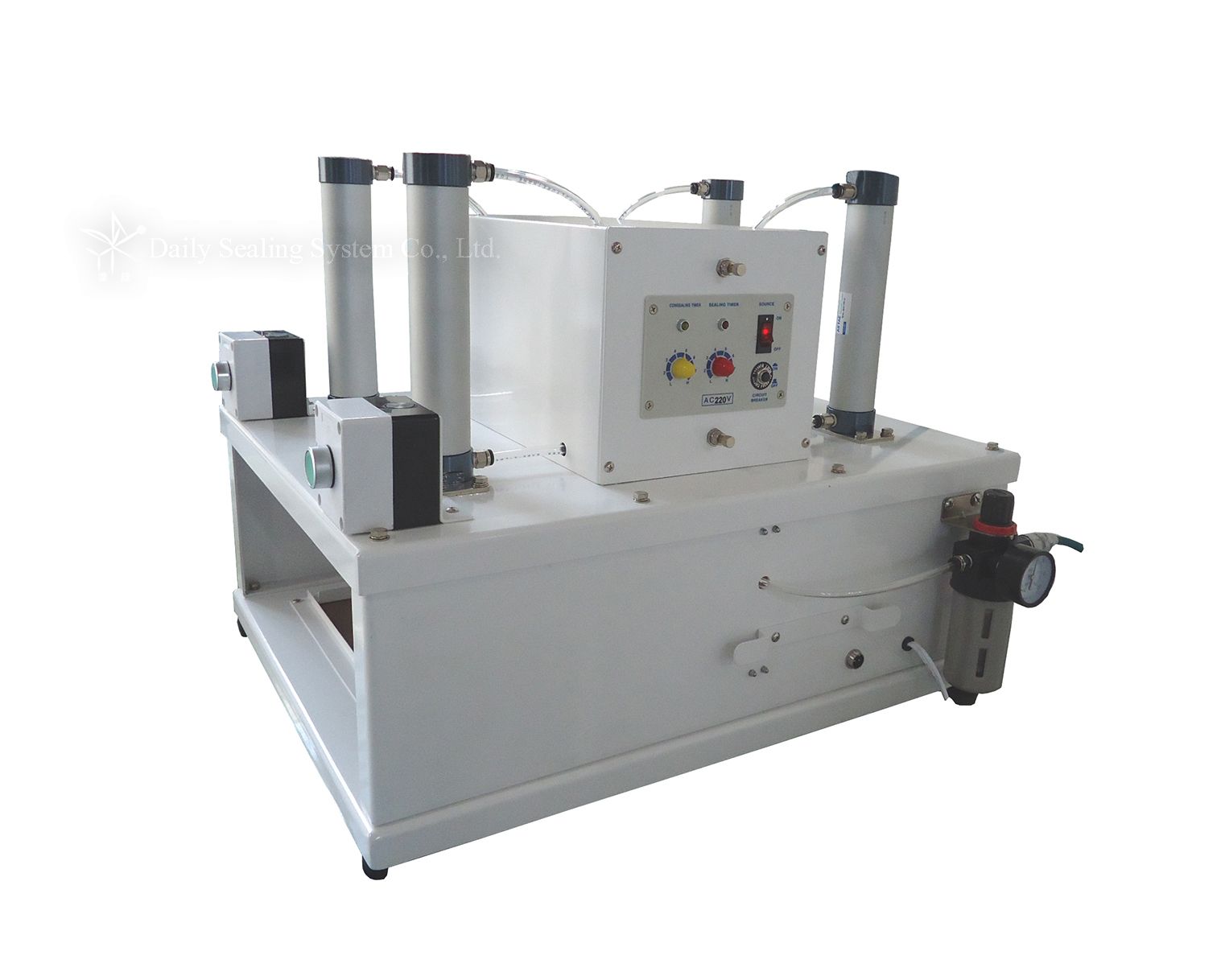
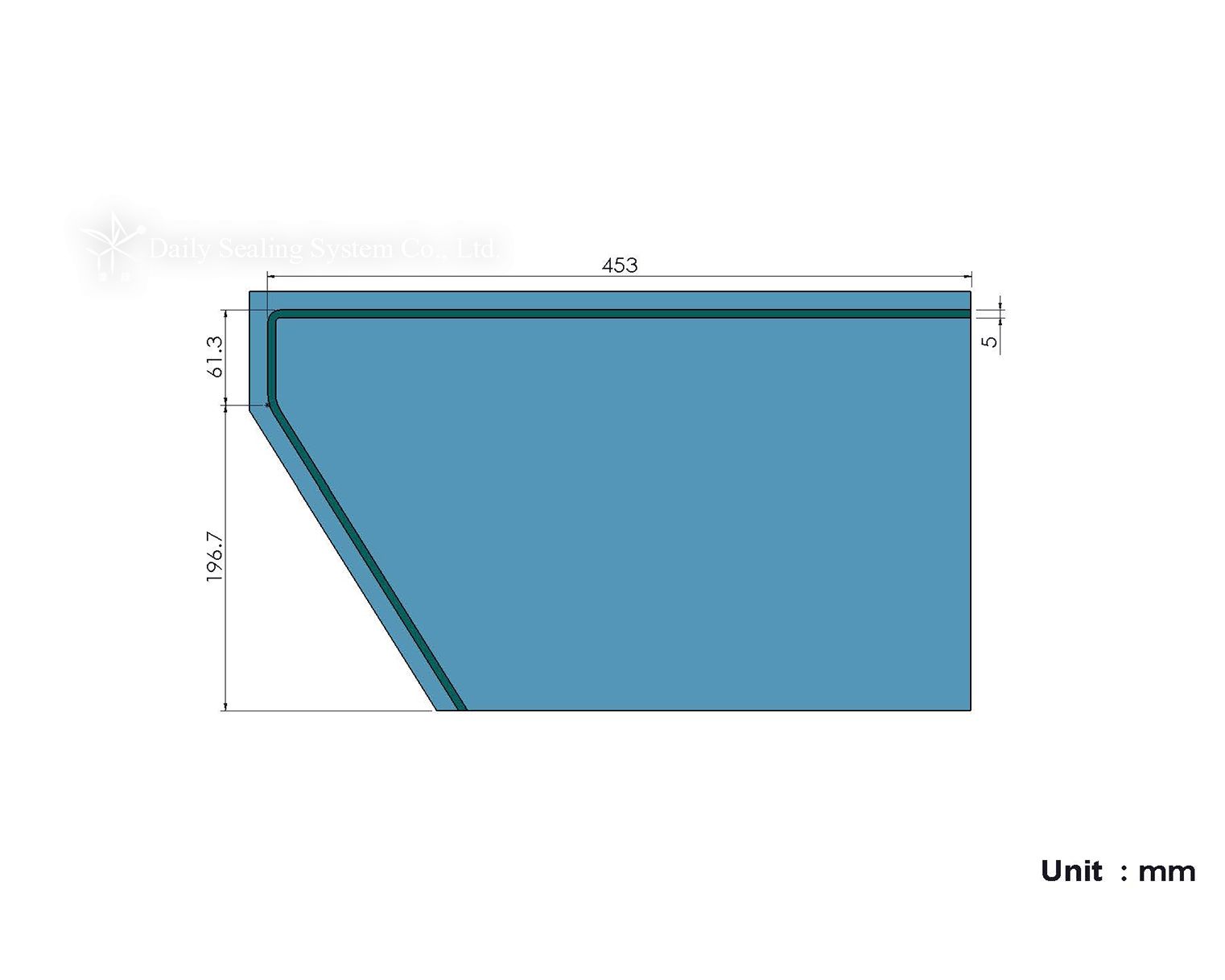
L type sealing line.
Controlled by foot pedal switch.
Need to connect air compressor.
Pneumatic irregular shape sealer:
• As per package material and degree of thickness to adjust increasing the sealing time and cooling time for good sealing quality steadily.
• Pneumatic pedal switch control: easy operation, gives consistent and trim result every time.
• Available for: PE, PP, OPP, PVC, POF, NY, antiseptic bag....etc.
• Options:
(1) Changeable the shape of sealing which depends on customer demands.
(2) Size of heating element: 2.7mm, 5mm or 10mm.
(3) Sealing time: it could adjust the sealing time which depends on customer demands.
| Model No. | DTC4-750L |
|---|---|
| Sealing type | Impulse Heat |
| Voltage/Ampere | 110V,220V / 12.1A |
| Power | 2670W(220V) |
| Max.sealing | Max:810.0 x 5.0 mm |
| Sealing time | 0.0–1.5 sec. |
| Cooling time | 0.0–6.0 sec. |
| Machine weight | 59.00 kgs |
| Machine size | 658 x 598 x 502 mm |
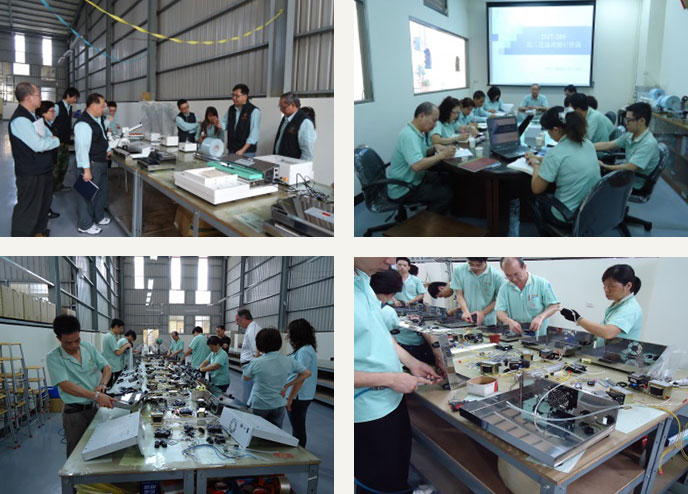
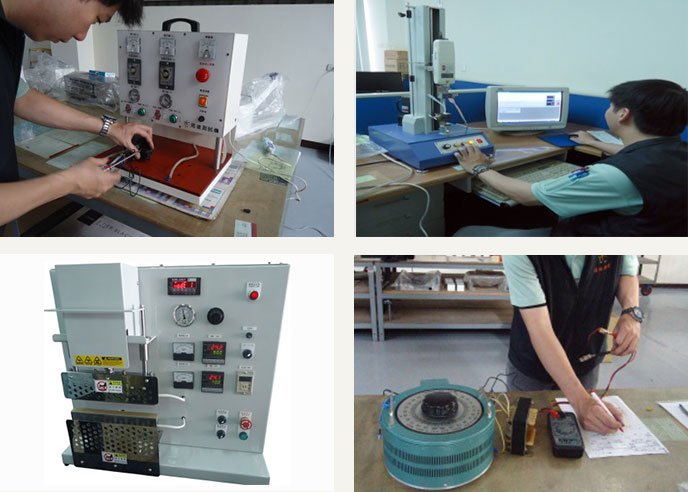
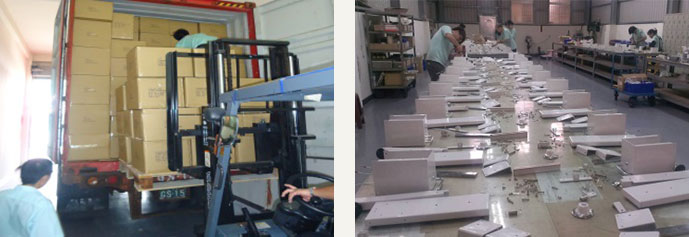
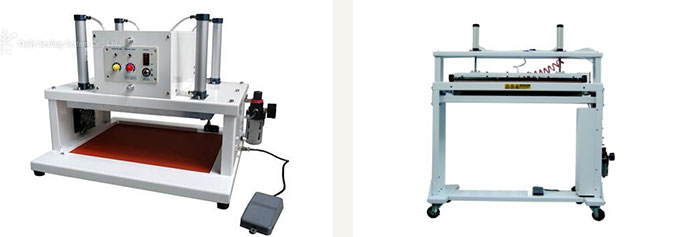
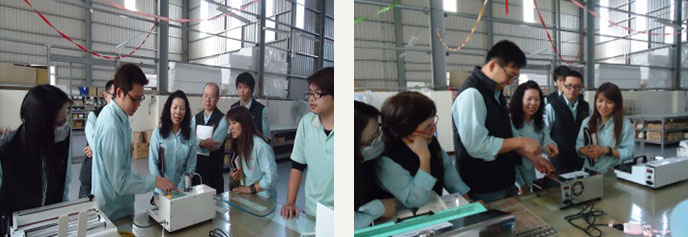
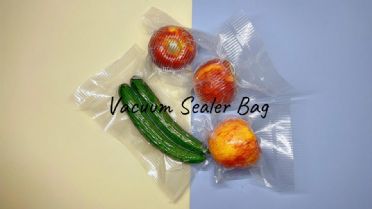
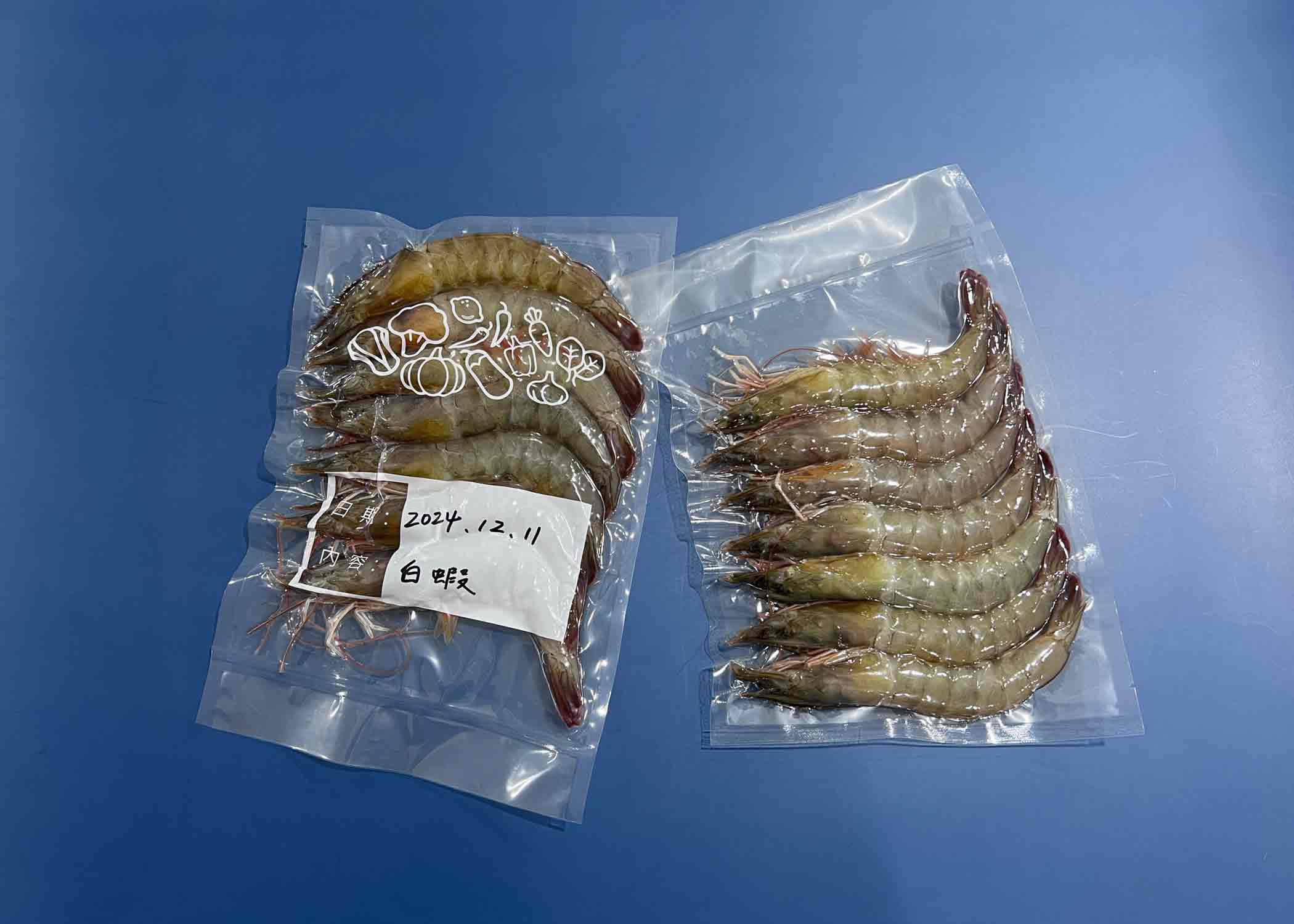
.jpg)